Results 8,001 to 8,010 of 12096
Thread: Anandtech News
-
04-04-18, 08:15 AM #8001
Anandtech: NVIDIA Quietly Rolls out Slower, Lower TDP GeForce GT 1030 With DDR4 VRAM
For the lowest-end video cards, a common practice by manufacturers is to substitute in slower VRAM – recently, this meant swapping out GDDR5 for DDR3 – saving costs in a product that typically would not be able to utilize the extra memory bandwidth. For quite some time now, we have been used to seeing DDR3 in those ultra low-end cards – until now. Sometime last month, NVIDIA quietly released the GeForce GT 1030 DDR4, with several models filtering out through add-in board partners.
In addition to slower-clocked DDR4 VRAM, the GT 1030 DDR4’s core clocks have also been reduced, though the exact boost clocks differ between custom boards. The end result of 2100Mbps DDR4 from 6008Mbps GDDR5 does reduce the bandwidth from around 48 GB/s to 16.8 GB/s, though with no change to memory size and bus width. It appears that the DDR4 variants are also lower power, with a 20W TDP as opposed to 30W.
Interestingly, some of the listed documentation shows two different core names: “GP108-300” and “GP108-310.” But while “GP108” is affiliated with the lower-clocked, lower TDP DDR4 variant, certain GDDR5 models (AERO ITX 2G OC, AERO ITX 2G OCV1, 2G LP OC, 2G LP OCV1, 2G LP OCV2) list both core names in their specification sheets but with everything else unchanged, leaving it unclear what the differences are between these two GP108 bins.Specifications of Selected NVIDIA GeForce GT 1030 Cards Palit GT 1030 MSI GT 1030 Gigabyte Low Profile GT 1030 Base Clock 1227 MHz 1151 MHz 1265 MHz 1189 MHz 1227 MHz (Gaming) 1151 MHz (Gaming) 1252 MHz (OC) 1177 MHz (OC) Boost Clock 1468 MHz 1379 MHz 1518 MHz 1430 MHz 1468 MHz
(Gaming)1379 MHz
(Gaming)1506 MHz (OC) 1417 MHz (OC) VRAM Clocks 6000 Mbps 2100 Mbps 6008 Mbps 2100 Mbps 6008 Mbps 2100 Mbps Capacity 2 GB Bus Width 64-bit Type GDDR5 DDR4 GDDR5 DDR4 GDDR5 DDR4 Power Consumption 30W 20W 30W 20W unspecified
The official NVIDIA GeForce GT 1030 product page mentions nothing of the change, though it does note that specifications of partner board may vary. In any case, each of the model names bar one differentiate the peculiarity with a “D4” moniker. Though the consequence of the bandwidth difference is much less with such low-end cards, particularly with ones under a tighter power budget, it is unclear how much of a performance hit this entails.
Nevertheless, given the overall shift away from DDR3 production, we should soon see future lower-end cards equipped with DDR4 over DDR3.
More...
-
04-04-18, 08:15 AM #8002
Anandtech: Interview with Aicha Evans, Intel’s Chief Strategy Officer
Expanding into several different new markets has challenges that only the most well positioned and structured companies can achieve. Having covered the growth of Intel over the last ten years, the nuances of how Intel has expanded over the last 2-3 years require more analysis than ever before. The goals of each of Intel’s different business units, aside from making the company money, are multi-faced and sometimes orthogonal – sometimes as a journalist it makes life easy to be hyper-focused on one segment of the company! Nonetheless, the strategy of all the different businesses and markets that Intel is pursuing becomes a very complex interweave, structured from the top down. Unified across each business unit is the strategy, indicating where and when Intel can deploy its resources to the benefit of product, customers, and shareholders. Leading Intel’s strategy is Aicha Evans.
More...
-
04-04-18, 09:53 AM #8003
Anandtech: Improving The Exynos 9810 Galaxy S9: Part 1
Last week we published our Galaxy S9 and S9+ review. Based on earlier announcements, we had large expectations from the Exynos 9810 as it promised to be the first “very large core” Android SoC. However, our initial testing put a lot of questions on the table. Unfortunately the synthetic performance of the Exynos 9810 did not translate well at all into real life performance. As part of the testing, I had discovered that the device’s scheduler and processor scaling configurations were atrociously tuned. As a result, I rolled a custom kernel with some of Samsung's 'features' disabled. Here are the results.
More...
-
04-04-18, 02:26 PM #8004
Anandtech: Acer Nitro 5 Gaming Laptop: 15.6-inch, Up to Core i9, GTX 1050 Ti, From $7
Acer has announced a new version of its Nitro 5 laptop this week. The new variants will be powered by Intel’s latest Coffee Lake-H processors, and can use NVIDIA’s GeForce GTX 1050 Ti GPU. The notebook will be aimed primarily at casual gamers and will be among the more affordable PCs featuring Intel’s new 8th Gen Core processors.
The Acer Nitro 5 notebook is based on Intel’s new 300-series notebook platform featuring Intel’s Core i5/i7/i9 processors with four or six cores, an integrated USB 3.1 Gen 2 controller, and built-in 2×2 802.11ac Wave 2 Wi-Fi support with the Intel Wireless-AC 9560 CRF module. The systems will be equipped with up to 32 GB of DDR4 memory as well as up to 512 GB PCIe SSDs.
Just like the AMD Ryzen-based Nitro 5 (AN515-42), the Intel Core-based Nitro 5 is outfitted with a 15.6-inch LCD featuring a 1920×1080 resolution. Similarly to the advanced versions of AMD-powered Nitro that come with AMD’s Radeon RX 560 dGPU, Acer will use NVIDIA’s GeForce GTX 1050 Ti standalone graphics processor for premium Intel-powered Nitro 5 laptops.
Physical connectivity capabilities of 2018 Nitro 5 laptops seem to be similar too. Both notebooks feature one USB Type-C port, three USB Type-A connectors, a GbE port, an HDMI output, and an SD card reader. The audio sub-system of the Acer Nitro 5 is comprised of a TRRS connector, stereo speakers as well as Acer TrueHarmony and Dolby Audio Premium software enhancements.
Acer plans to start selling its Coffee Lake-H-based Nitro 5 notebooks in May. In North America, entry-level SKU will be priced at $749, whereas in EMEA starting price of the laptop will be €799. Acer traditionally does not share exact configurations of its machines before shipping them, so we do not know what exactly those $749/€799 laptops will pack, but it is likely to be a Core i5 with 8GB/128GB and integrated graphics.Acer Nitro 5 Laptops with Coffee Lake-H at a Glance Specifications Display Diagonal 15.6" Resolution 1920×1080 Type IPS CPU Intel Core i5/i7/i9, up to six cores Graphics Integrated Intel UHD Graphics 630 Discrete NVIDIA GeForce GTX 1050 Ti (select SKUs only) RAM Capacity up to 32 GB Type DDR4 (frequency unknown) Storage up to 512 GB SSD Wi-Fi Intel Wireless-AC 9560 CRF
2x2 802.11ac Wave 2 Wi-Fi moduleBluetooth 4.x USB 1 × USB 3.0 Type-A
2 × USB 2.0 Type-A
1 × USB 3.0 Type-C (?)Other I/O HDMI 2.0a, webcam, TRRS connector for audio, speakers, microphone, SD card reader Price Starting from
$749 in the US
€799 in EMEA
Buy Acer Nitro 5 2017 (Core i5-7300HQ) on Amazon.com
Related Reading- Acer Unveils Nitro 5: 15.6-inch Gaming Laptop with AMD Ryzen Mobile & Radeon RX560
- Acer Announces Nitro 5 Spin 15.6" Gaming Convertible: 8th Gen Core i7, GeForce GTX 1050
- Acer Announces Predator Triton 700 Gaming Laptop: Core i7, GeForce GTX 10 Series, & 1 TB SSD
- Acer Announces Aspire VX 15 And V Nitro Gaming Notebooks, And Predator 17 X Updates
More...
-
04-04-18, 03:12 PM #8005
Anandtech: Samsung Odyssey Z Gaming Notebook: Going For Gamers with 8th Gen and Max-Q
Samsung this week introduced its latest laptop designed primarily for gamers. The new Samsung Notebook Odyssey Z will be based on Intel’s Core i7 processors with six cores as well as NVIDIA’s GeForce GTX 1060 GPU with Max-P tuning. Like 15.6-inch Max-Q designs, the Odyssey Z will feature a sub-18 mm z-height, but Samsung promises that it will be faster than other ultra-thin gaming PCs featuring the same GPU.
Samsung says that the Odyssey Z gaming notebook will be based on Intel’s 8th Generation Core i7 processor with six cores, but does not disclose its model number. The natural candidates are obviously the Core i7-8750H and the Core i7-8850H, but it remains to be seen whether Samsung opts for a faster one, or a more affordable one. As for graphics, Samsung intends to use NVIDIA’s GeForce GTX 1060 with 6 GB of GDDR5 memory in the so-called Max-P configuration. Samsung says that the GeForce GTX 1060 Max-P part delivers 10% more performance than the same GPU in its Max-Q config, but does not elaborate. It is logical to assume that the Max-P designs have higher frequencies compared to Max-Q designs, but still use the highest-quality VRMs with minimal losses, cherry-picked GPUs as well as advanced thermal solutions.
Speaking of thermals, it is necessary to note that the Samsung Notebook Odyssey Z uses the company’s Z AeroFlow cooling system that is described as 'thin, light, yet efficient' (according to the manufacturer). Samsung says that its Z AeroFlow relies on a huge “dynamic spread” vapor chamber, a blower (or two?) as well as huge venting openings on the bottom, on the top, and on the sides of the chassis (so it draws air from the bottom and the top, then exhausts from the openings on its sides). Keeping in mind that the CPU and the GPU used by the Odyssey Z dissipate over 100 W of heat, these huge openings are going to be appreciated.
To further optimize the internal design of its premium gaming notebook, Samsung decided to go with a rather untraditional layout and move the keyboard towards the user, placing the trackpad to the right-hand side of the chassis. We have seen this layout with the ASUS Zephyrus and the Acer Predator Triton 700, but these notebooks incorporated considerably more powerful GeForce GTX 1070/1080 GPUs with Max-Q tunings.
Other components of the Samsung Odyssey Z look pretty regular for a thin gaming laptop: a 15.6-inch IPS FHD display with a 720p webcam on top, up to 16 GB of DDR4-2400 memory, up to 1 TB PCIe/NVMe SSD, stereo speakers, and a microphone array. For connectivity, the laptop is going to offer a 802.11ac Wi-Fi + Bluetooth module, a USB 3.0 Type-C port, three USB Type-A connectors, an HDMI output, and a TRRS audio jack.
When Samsung announced its original Odyssey laptops in early 2017, it claimed to not only offer high performance for gamers, but also enable them to upgrade such PCs. It is unclear whether the new system supports upgrades to the memory or SSD, but that would be consistent with the brand promise. Plus, it seems that the lid above the keyboard can be opened (and the only reason to open it apart from cleaning are upgrades).The Samsung Notebook Odyssey Z General Specifications Display Diagonal 15.6" Type IPS Resolution 1920×1080 Refresh Rate ? CPU Core i7-8750H
6C / 12T
2.2 GHz base
4.2 GHz turbo
45 WCore i7-8850H6C / 12T
2.6 GHz base
4.3 GHz turbo
45 WGraphics NVIDIA GeForce GTX 1060 with Max-P
6 GB of GDDR5RAM up to 16 GB DDR4-2400 Storage up to 1 TB NVMe/PCIe M.2 SSD Wi-Fi 802.11ac Wi-Fi Bluetooth Bluetooth 4 Ethernet GbE USB 2 × USB 3.0 Type-A1× USB 2.0 Type-AThunderbolt 3 1 × USB 3.? Type-CDisplay Outputs 1 × HDMI 2.0bKeyboard backlit keyboard Other I/O Microphone, stereo speakers, audio jack, webcam Battery ~54 Wh battery Dimensions Width 375.6 mm | 14.78 inches Depth 255 mm | 10 inches Thickness 17.9 mm | 0.7 inches Weight 2.4 kilograms | 5.29 lbs Price unknown
When it comes to portability, the Samsung Notebook Odyssey Z is a mixed bag. The PC is 17.9 mm thick, which is thinner than many contemporary laptops (and is in line with Max-Q designs, which tend to offer better GPUs). However, it is 375.6 mm wide and weighs 2.4 kilograms, which is wider and heavier than, say, the GIGABYTE Aero 15. The large display bezels will contribute to this. Samsung plans to equip the PC with a 54 Wh battery, but it does not give any estimates about battery life of the system.
Samsung plans to start selling its Odyssey Z gaming laptop in China and South Korea already this month. In the US, the system will land sometimes in the third quarter. Since Samsung quit the European PC market four years ago, we do not expect it to sell the Odyssey Z in EMEA officially.
Buy Samsung Galaxy S9+ (Lilac) on Amazon.com
Related Reading- Samsung Notebook 7 Spin 13.3-inch Convertible Gets Quad-Core i5 & SSD, Loses Weight
- Origin PC Evo15-S Gaming Laptop: Core i7, GTX 1070 Max-Q, 1080p144
- ASUS Launches ROG Zephyrus M (GM501): A More Traditional Flagship Gaming Notebook
- Digital Storm Equinox: 15.6-inch 1080p144 with Core i7 and GTX 1070 Max-Q
- GIGABYTE Updates Aero 15: Six-Cores, GTX 1070, 1080p, 144 Hz, 5mm Bezel, $2300
More...
-
04-05-18, 11:02 AM #8006
Anandtech: The Western Digital WD Black 3D NAND SSD Review: EVO Meets Its Match
The all-new WD Black NVMe SSD and its alter ego SanDisk Extreme PRO finally bring a true high-end NVMe SSD to Western Digital's consumer product lines. Western Digital has developed their own NVMe SSD controller to pair with their 64-layer 3D NAND, and the new vertical integration strategy is off to a great start with a highly competitive SSD.
More...
-
04-05-18, 12:51 PM #8007
Anandtech: HP Spring 2018 Range: ZBook, ZBook, ZBook
To match the launch of Intel's 8th Generation Core launches this week for mobile, HP is the next partner making some noise with new launches. Almost every cylinder from HP for today is set towards the ZBook line: ZBook Studio, ZBook x2, and ZBook Workstations. As a cherry on top, HP is also announcing a new DreamColor monitor.
More...
-
04-05-18, 04:45 PM #8008
Anandtech: ADATA XPG Gammix S11: SM2262 with Heat Spreader for Gamers
The most popular gaming hardware these days tend to be the kit that has gaming-focused 'special treatment'. To satisfy such needs, numerous companies introduce separate brands to address requirements of the gaming crowd, or just release special products. ADATA on Wednesday introduced its new XPG Gammix S11-series SSDs - the value-add for gamers is the red heat spreader, which according to ADATA is designed to ensure consistent performance of the drives and to match gaming systems with red and black color schemes.
The ADATA XPG Gammix S11 M.2-2280 SSDs are essentially the company’s XPG SX8200-series drives based on Silicon Motion’s SM2262 controller (eight NAND channels, four ARM Cortex-R5 cores, NVMe 1.3, LDPC ECC, RAID engine, etc.) using 64-layer 3D TLC NAND memory from Micron. From a performance point of view, the XPG Gammix S11 drives offer exactly the same numbers as the XPG SX8200 do: up to 3.05 GB/s sequential read speed and up to 1.7 GB/s sequential write speed when SLC caching is used (data based on ATTO benchmark), as well as up to 310K/280K random read/write 4K IOPS. Endurance and other features of the XPG Gammix S11 and the XPG SX8200-series are also the same.
The key difference between the XPG Gammix S11 and the XPG SX8200 SSDs is a pre-installed red and black heat spreader on the former. By contrast, the latter drives come with a black heat spreader that ships in the box and has to be installed manually. The passive cooler can reduce SSD controller temperature by 8-10°C, or even more with appropriate airflow.
Heat spreaders and proper cooling can be important for modern SSDs since contemporary controllers dissipate quite a lot of heat. This is due to the nature of performing intensive mathematical operations while using ECC based on LDPC algorithms, as well as working with contemporary NAND flash memory, and ensuring both endurance and high performance. Therefore, a pre-installed heat spreader on the Gammix S11 can make a lot of sense for gamers if their storage devices perform tons of read operations when they load games.
The ADATA XPG Gammix S11 drives will be available in 240 GB, 480 GB and 960 GB configurations in the coming weeks. The manufacturer does not disclose pricing, but it is highly likely that MSRPs of the "gaming" SSDs are going to be similar to prices of the XPG SX8200 products. At press time, the XPG SX8200 240 GB drive retailed for $140, whereas the XPG SX8200 480 GB SKU was available for $260.ADATA XPG Gammix S11 Specifications Capacity 240 GB 480 GB 960 GB Model Number AGAMMIXS11-240GT-C AGAMMIXS11-480GT-C AGAMMIXS11-960GT-C Controller Silicon Motion SM2262 NAND Flash 3D TLC NAND Form-Factor, Interface M.2-2280, PCIe 3.0 x4, NVMe 1.3 Sequential Read 3050 MB/s 3000 MB/s Sequential Write 1200 MB/s 1700 MB/s Random Read IOPS 200K IOPS 310K IOPS Random Write IOPS 240K IOPS 280K IOPS Pseudo-SLC Caching Supported DRAM Buffer Yes, capacity unknown TCG Opal Encryption No Power Management DevSleep, Slumber Warranty 5 years MTBF 2,000,000 hours TBW 160 TB 320 TB 640 TB Additional Information Link MSRP $140 (tbc) $260 (tbc) $480 (tbc)
Buy ADATA XPG SX8200 480 GB on Amazon.com
Related Reading- Best SSDs: Q2 2018
- ADATA Launches XPG SX8200 SSDs Featuring 3D TLC NAND, SM2262 Controller
- ADATA at CES 2018: Incoming XPG SX8200 SSDs, From 240 GB to 1.92 TB in M.2
- ADATA Announces XPG SX950U SATA SSD
- Mushkin Unveils New Pilot & Helix-L M.2 SSDs at CES 2018: Up to 3.5 GB/s, Up to 2 TB
- Western Digital Announces Client NVMe SSDs With New In-House Controllers
More...
-
04-06-18, 08:58 AM #8009
Anandtech: ASUS ROG Spring System Updates: Gaming Big and Small
With this week's major launch of the rest of the 8th Generation Core lineup, virtually every last major OEM is issuing significant updates to large parts of their product lines to incorporate the new CPUs and chipsets. To that end we're on day 3 of our recap of OEM spring product refreshes, this time taking a look at all of the updated gaming desktops and laptops due this quarter from ASUS under their Republic of Gamers Brand.
More...
-
04-06-18, 11:13 AM #8010
Anandtech: Micron Starts Construction of Its Third NAND Fab in Singapore
Micron this week broke ground on its new fab in Singapore that will be dedicated to manufacturing 3D NAND flash memory. Set to be completed late next year, Micron is not disclosing the production capacity of the new plant, only saying that its investments in the project are going to total billions of U.S. dollars. I addition, the company is disclosing its plans to expand its R&D activities in Singapore.
The new semiconductor production facility represents the third phase of Micron’s Fab 10 expansion and will be located adjacent to the existing complexes. The new plant will be built on a 165,000 m2 land plot at North Coast Drive. The new Fab is expected to be completed sometimes in the middle of 2019, Micron plans to get the first wafers from the new fab sometimes in Q4 2019. The ramp up of the facility is going to take several quarters, so expect significant volumes of 3D NAND memory to come out of the new fab towards the end of calendar 2020.
As noted, Micron already operates two 300-mm 3D NAND facilities in Singapore called Fab 10N and Fab 10X, which were built earlier this decade. These plants currently produce the lion’s share of Micron’s NAND flash memory.
The manufacturer does not specify what kind of 3D NAND it plans to make at its new facility in Singapore, but given the timeframes involved, the timing is just about right for Micron to start production of their post-64 layer NAND.
Sanjay Mehrotra, CEO of Micron, says that in addition to building a new fab, the company will also expand its R&D operations in Singapore. Among other, Micron will hire material scientists, electrical engineers, data scientists, and so on.
Micron does not disclose production capacity of the new phase of the Fab 10, but says that the new plant will require it to hire additional personnel to work at the fab and in the supply chain. At present, Micron’s headcount in Singapore is 7,500 people. The new plant and expansion of the R&D operations in the country will require Micron to hire an additional 1,000 of people.
Related Reading:
- Intel And Micron To Discontinue Flash Memory Partnership
- Micron Readies 3D QLC NAND-Based Datacenter SSDs for Nearline Storage
- Micron Discontinues Lexar Business, Plans to Focus on Higher-Margin Products
- Micron Hires New CEO: Sanjay Mehrotra, SanDisk Co-Founder And Former CEO
Sources: ChannelNewsAsia, BusinessTimes
More...
Thread Information
Users Browsing this Thread
There are currently 44 users browsing this thread. (0 members and 44 guests)




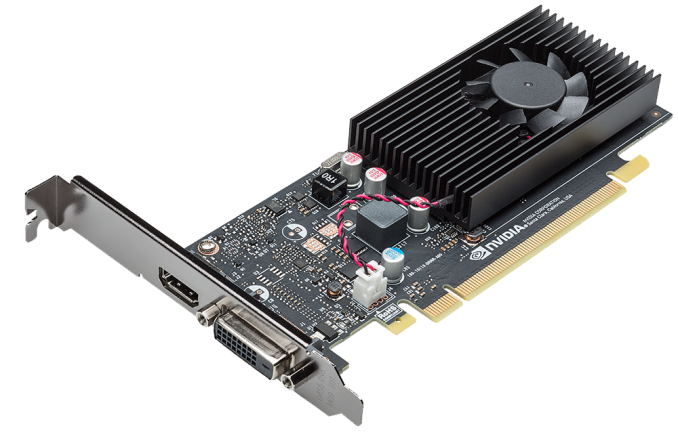

 Quote
Quote
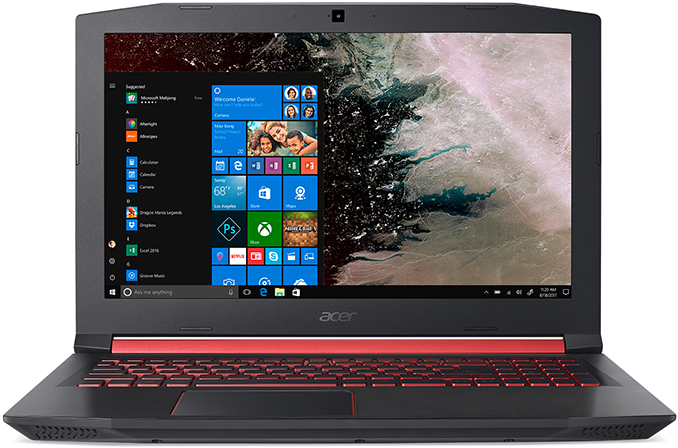
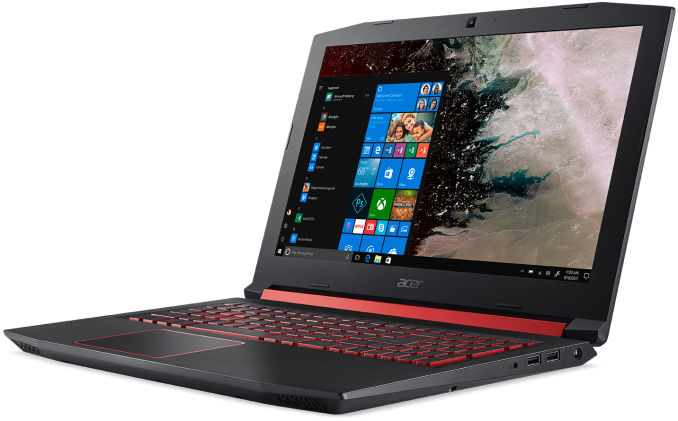
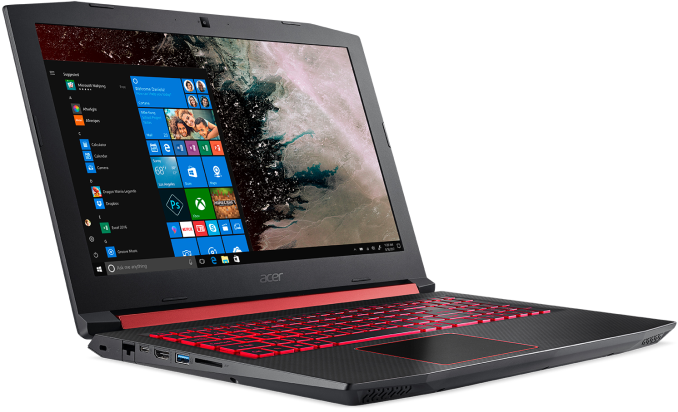
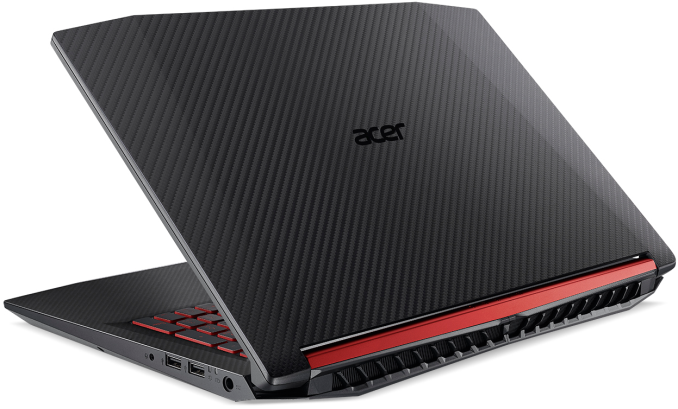
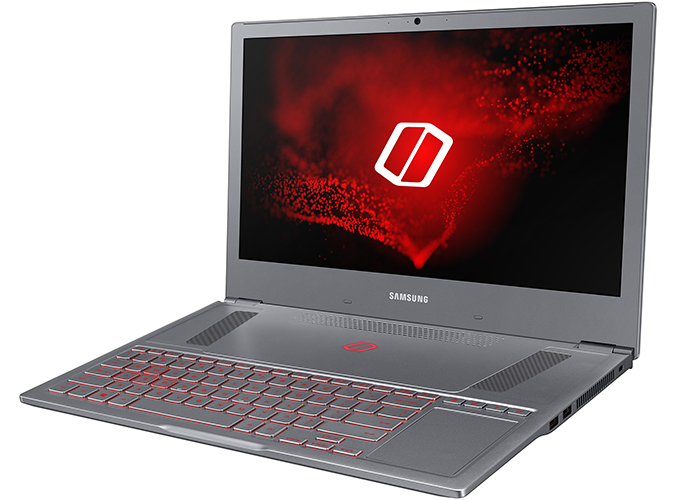
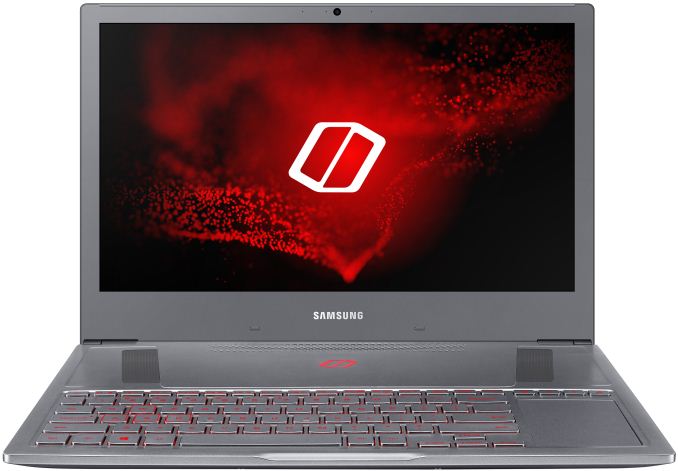
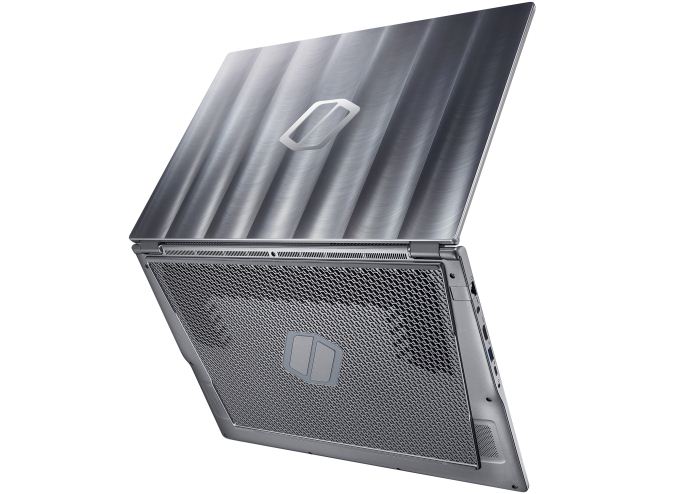
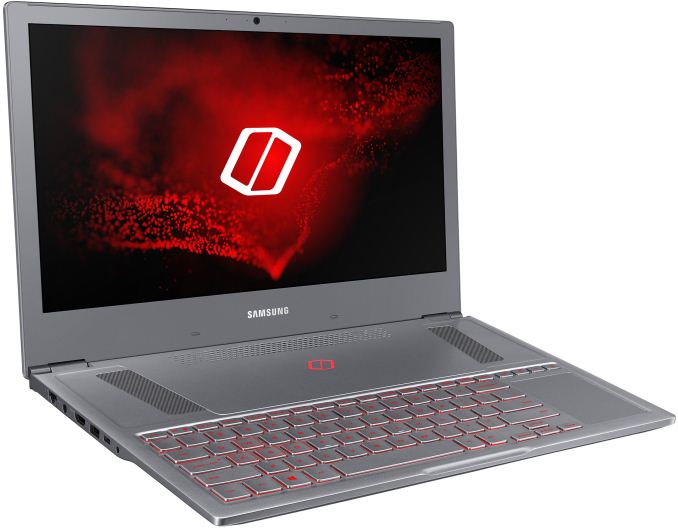
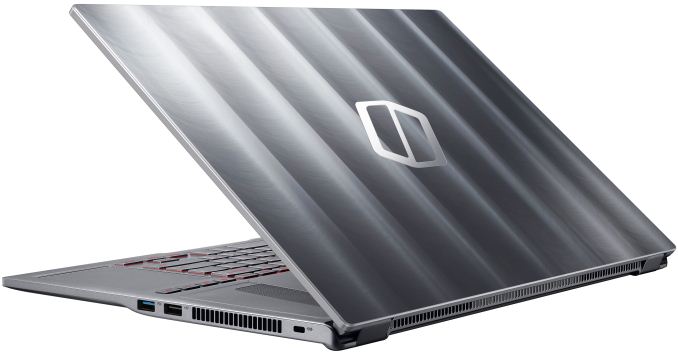
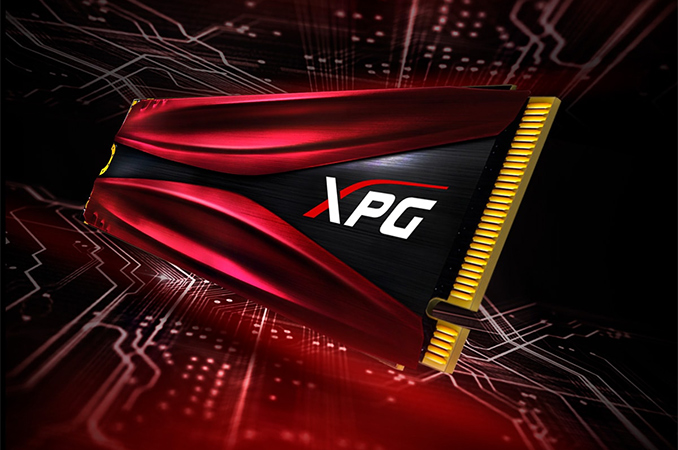
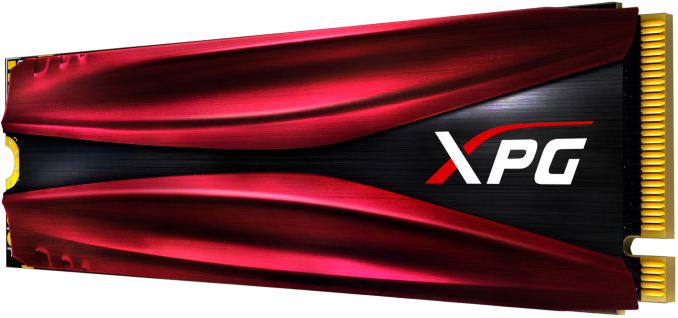


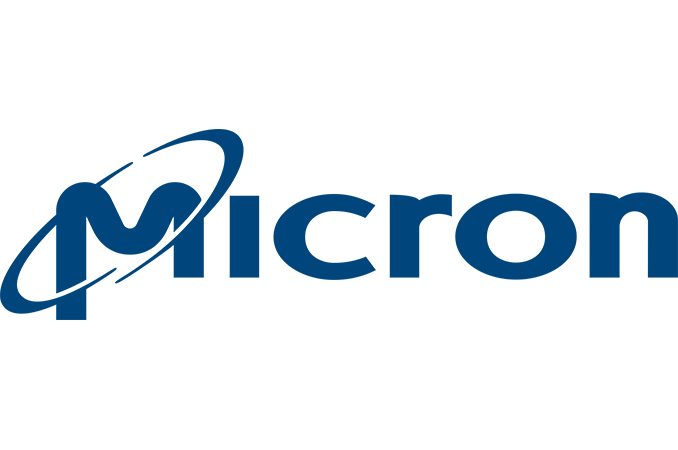
















Bookmarks